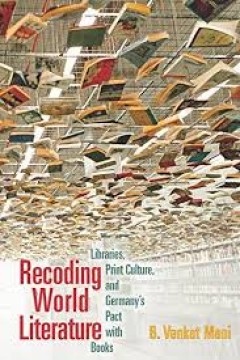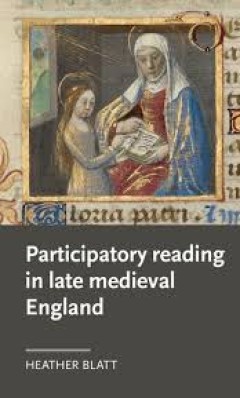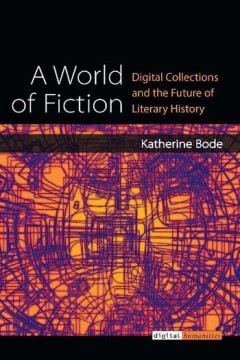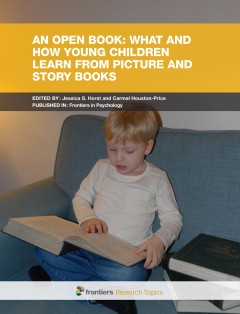Filter by

Recoding world literature: libraries, print culture, and Germany's pact with …
From the current vantage point of the transformation of books and libraries, B. Venkat Mani presents a historical account of world literature. By locating translation, publication, and circulation along routes of “bibliomigrancy,” Mani narrates how world literature is coded and recoded as literary works find new homes on faraway bookshelves. Mani argues that the proliferation of world liter…
- Edition
- First edition.
- ISBN/ISSN
- 9780823273409 (hardcover)
- Collation
- 348 pages : illustrations, maps ; 23 cm
- Series Title
- -
- Call Number
- 809.3 MAN r

Participatory reading in late-medieval England
This book explores how modern media practices can illuminate participatory reading in England from the late-fourteenth to the early-sixteenth centuries. Nonlinear apprehension, immersion and embodiment are practices intimately familiar to readers of Wikipedia, players of video games and users of multi-touch mobile devices. But far from being unique to digital media, they have clear analogues in…
- Edition
- -
- ISBN/ISSN
- 9781526118004
- Collation
- -
- Series Title
- -
- Call Number
- 820.9001 BLA p

A world of fiction : digital collections and the future of literary history
During the 19th century, throughout the Anglophone world, most fiction was first published in periodicals. In Australia, newspapers were not only the main source of periodical fiction, but the main source of fiction in general. Because of their importance as fiction publishers, and because they provided Australian readers with access to stories from around the world—from Britain, America an…
- Edition
- -
- ISBN/ISSN
- 9780472130856
- Collation
- viii, 252p. : ill.
- Series Title
- -
- Call Number
- 809.3034 BOD a

Reading Today
New technologies are changing our reading habits. Laptops, e-readers, tablets and other handheld devices supply new platforms for reading, and we must learn to manage them by scrolling, clicking or tapping. Reading Today places reading in current literary and cultural contexts in order to analyse how these contexts challenge our conceptions of who reads, what reading is, how we read, where we r…
- Edition
- -
- ISBN/ISSN
- 9781787351950
- Collation
- X, 199 p.
- Series Title
- -
- Call Number
- 028 REA r

An open book : what and how young children learn from picture and story books
Looking at and listening to picture and story books is a ubiquitous activity, frequently enjoyed by many young children and their parents. Well before children can read for themselves they are able to learn from books. Looking at and listening to books increases children’s general knowledge, understanding about the world and promotes language acquisition. This collection of papers demonstrate…
- Edition
- -
- ISBN/ISSN
- 9782889197286
- Collation
- 200p. : ill.
- Series Title
- -
- Call Number
- 372.4 OPE o
 Computer Science, Information & General Works
Computer Science, Information & General Works  Philosophy & Psychology
Philosophy & Psychology  Religion
Religion  Social Sciences
Social Sciences  Language
Language  Pure Science
Pure Science  Applied Sciences
Applied Sciences  Art & Recreation
Art & Recreation  Literature
Literature  History & Geography
History & Geography